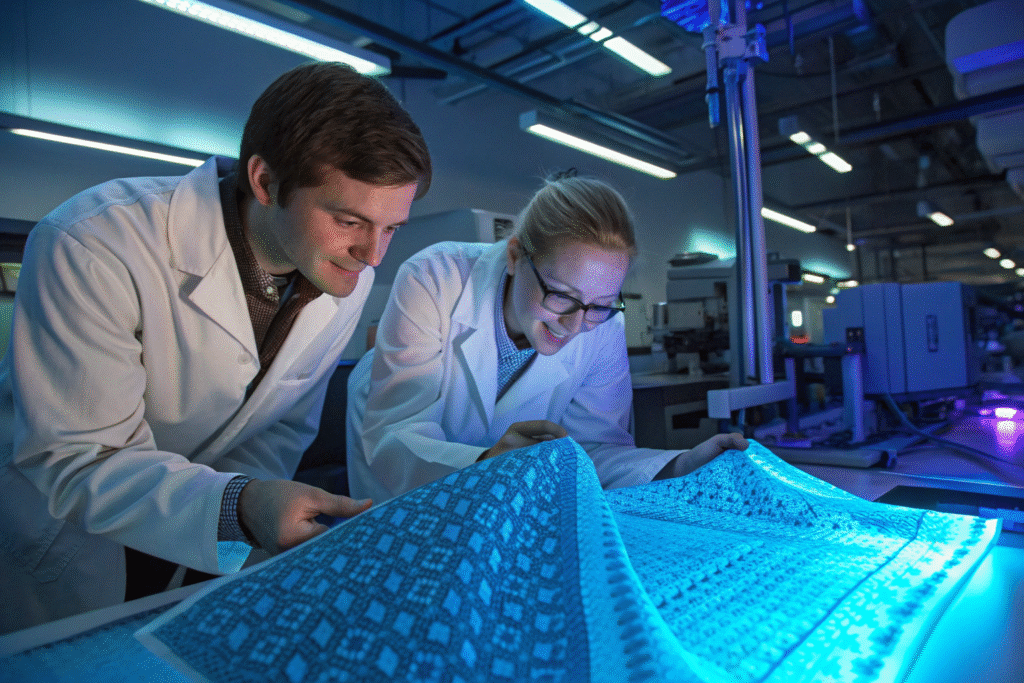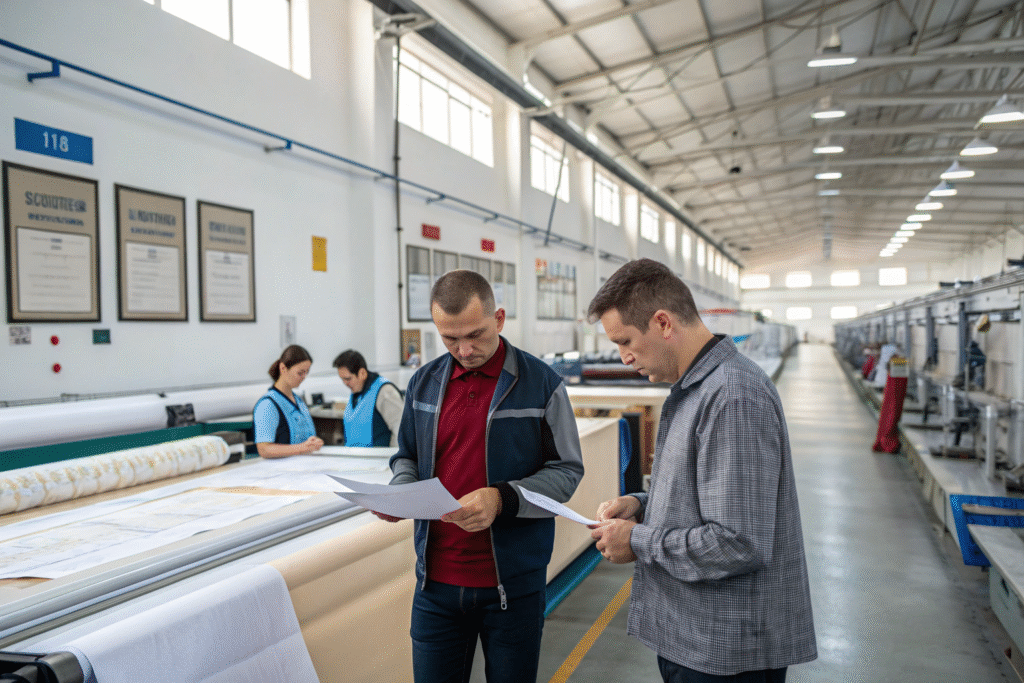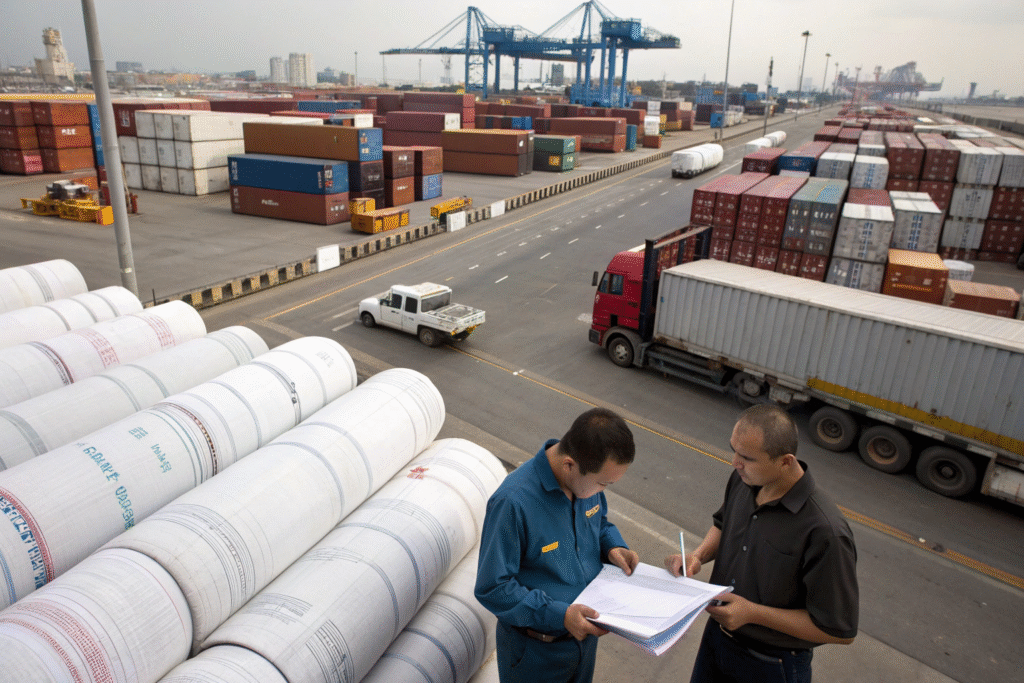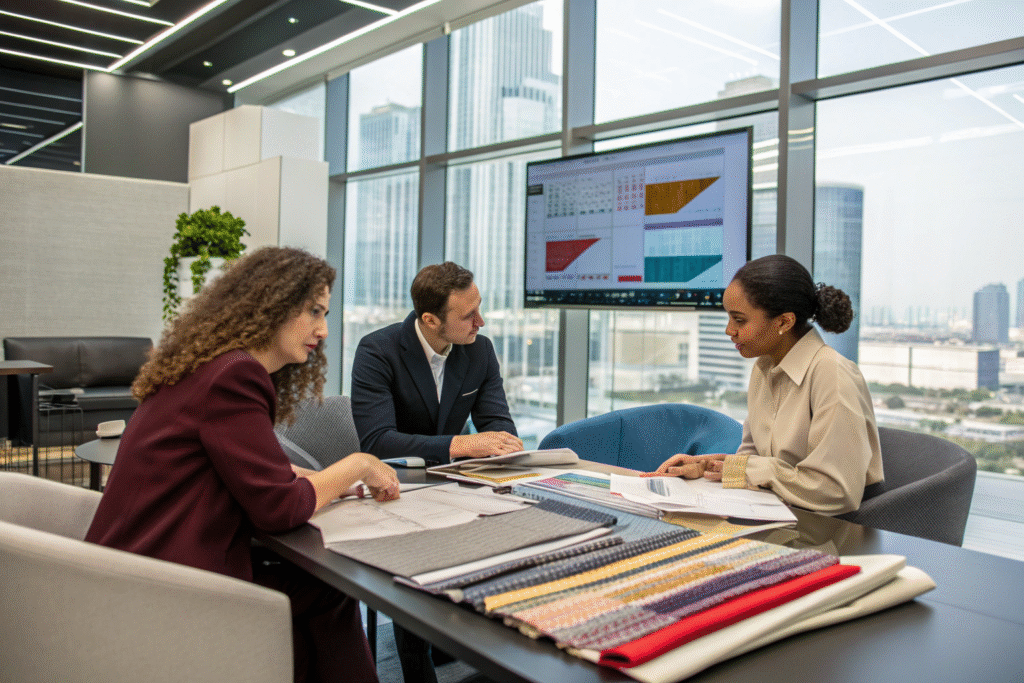When the temperature rises to extreme levels, traditional fabrics cannot provide enough comfort or safety. Many apparel brands, outdoor gear companies, and industrial uniform suppliers are now searching for advanced solutions like thermoelectric cooling textiles. Buyers want reliable suppliers who deliver innovative fabrics that regulate body temperature while ensuring practical benefits in production, logistics, and certifications.
Thermoelectric cooling textiles integrate thermoelectric modules that actively transfer heat away from the body, offering a revolutionary alternative to passive cooling fabrics. These materials are ideal for outdoor workwear, military uniforms, sportswear, and healthcare garments. The key question is: how can buyers secure the right products, from the right suppliers, at the right price?
The sourcing process is critical. By evaluating technology, supplier reliability, certifications, and logistics, buyers can reduce risks and build long-term partnerships.
What Are Thermoelectric Cooling Textiles?
When customers hear about thermoelectric cooling fabrics, they imagine futuristic clothing that acts like wearable air-conditioning. This concept creates excitement but also doubt. Can textiles really cool the human body in extreme heat?
Yes. These textiles embed flexible thermoelectric chips powered by small energy sources, transferring heat to lower skin temperature in real time. Unlike moisture-wicking fabrics that only manage sweat, these fabrics create active cooling, making them essential for protective gear in hot environments.

They are already tested in military uniforms and industrial clothing, where cooling is critical. Combined with advanced fibers, they offer both comfort and protection.
How do these textiles function in practice?
In use, thermoelectric textiles provide immediate relief under extreme heat. Unlike moisture-wicking polyester, they regulate body temperature actively. Their unique construction makes them attractive for defense, healthcare, and sports industries.
Are thermoelectric cooling fabrics eco-friendly?
Sustainability matters. Many suppliers combine modules with recycled polyester or bio-based fibers. Pairing eco-friendly substrates with thermoelectric systems helps meet global certifications and demand for low-carbon textiles.
How to Identify Reliable Thermoelectric Textile Suppliers?
The biggest challenge is not just the fabric, but the supplier. A strong supplier ensures quality, certification, and delivery. A weak supplier leads to delays and poor outcomes.
Reliable suppliers show proven R&D capacity, hold certifications, and have stable financial support. Sourcing from manufacturers with integrated weaving, coating, and finishing facilities guarantees consistent quality and faster turnaround.

From experience, global buyers often ask for testing proof, production scale, and logistics capability before signing contracts. Factories with CNAS-certified labs and trend forecasting tools have clear advantages.
What certifications should buyers check?
Essential certifications include SGS testing for product safety, OEKO-TEX® for ecological standards, and CNAS accreditation for lab testing. These certifications confirm compliance with safety and sustainability requirements.
Why does financial stability matter?
Suppliers with strong banking partnerships ensure uninterrupted production and reduce risks from tariffs or currency changes. Financially stable partners also handle large orders without disruptions.
What Are the Key Challenges in Sourcing?
Sourcing thermoelectric textiles brings challenges in cost, logistics, and integration of electronic components.
The main issues include high pricing, uncertain supply chains, and complex lead times. Buyers who plan early and work with experienced suppliers reduce these risks.

U.S. buyers often struggle with hidden costs, shipping schedules, and tariffs. End-to-end suppliers who handle weaving to customs clearance help overcome these obstacles.
Why is pricing often unclear?
Pricing varies with module quality, power sources, and fabric bases. Buyers should request detailed quotations for transparency, which builds trust and cooperation.
How does logistics affect sourcing?
Global shipping delays and tariffs often disrupt timelines. Suppliers with multimodal shipping and overseas warehousing reduce risks. Our location in Keqiao allows faster delivery to U.S. and EU clients.
How to Build Long-Term Partnerships With Fabric Manufacturers?
Sourcing is more than buying; it is about building trust. Partnerships ensure better pricing, faster production, and co-creation of new fabrics.
Strong partnerships grow through consistent orders, transparent contracts, and joint R&D. Buyers who invest in relationships often secure production priority during peak demand.

We often co-develop fabrics with brands, adding features like antibacterial finishes or self-cleaning coatings tailored to market needs.
How can buyers secure production priority?
Consistent orders, even in smaller volumes, help buyers secure production slots. Suppliers with trend forecasting tools support timely product launches.
Why is joint R&D important?
Working with suppliers who have certified labs enables buyers to create exclusive fabrics. Joint innovation builds lasting market advantages.
Conclusion
Thermoelectric cooling textiles are shaping the future of clothing for extreme heat. Success in sourcing depends on understanding the technology, selecting reliable suppliers, handling pricing and logistics, and building long-term partnerships. Buyers who focus on quality, certifications, and innovation will stay ahead in this growing market.
If you are ready to explore thermoelectric cooling textiles or want to co-develop advanced fabrics, we at Shanghai Fumao are here to help. Contact our Business Director Elaine at elaine@fumaoclothing.com to discuss your project and start building the future of performance fabrics together.










